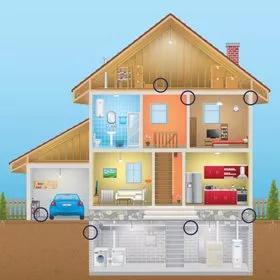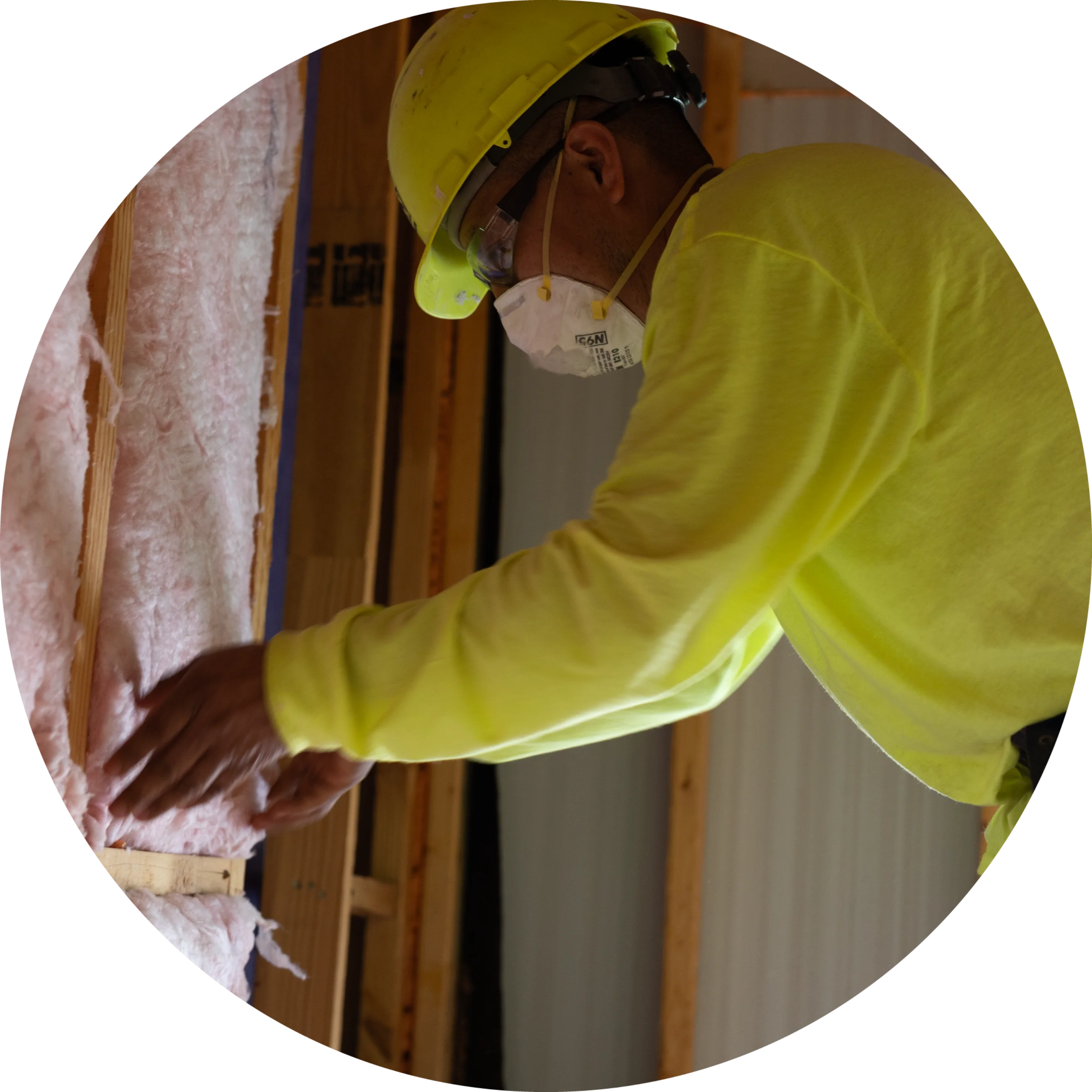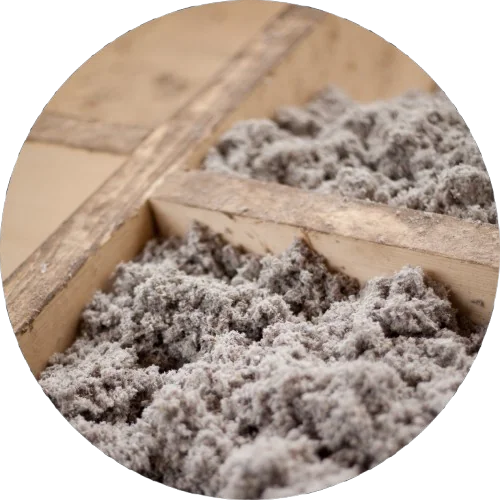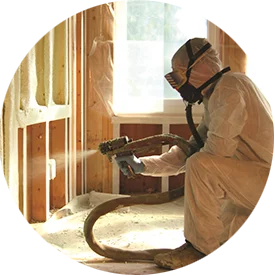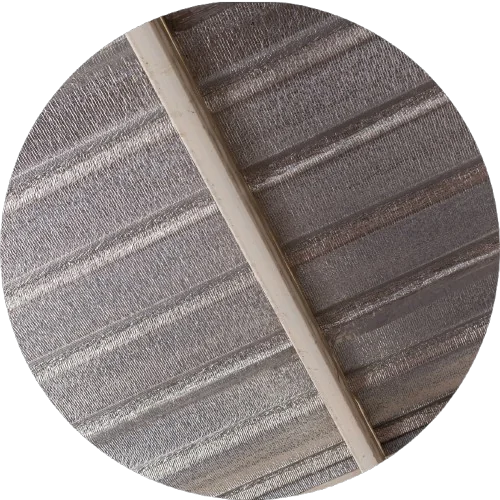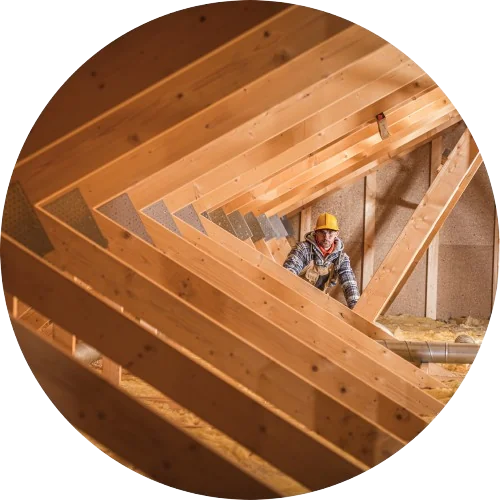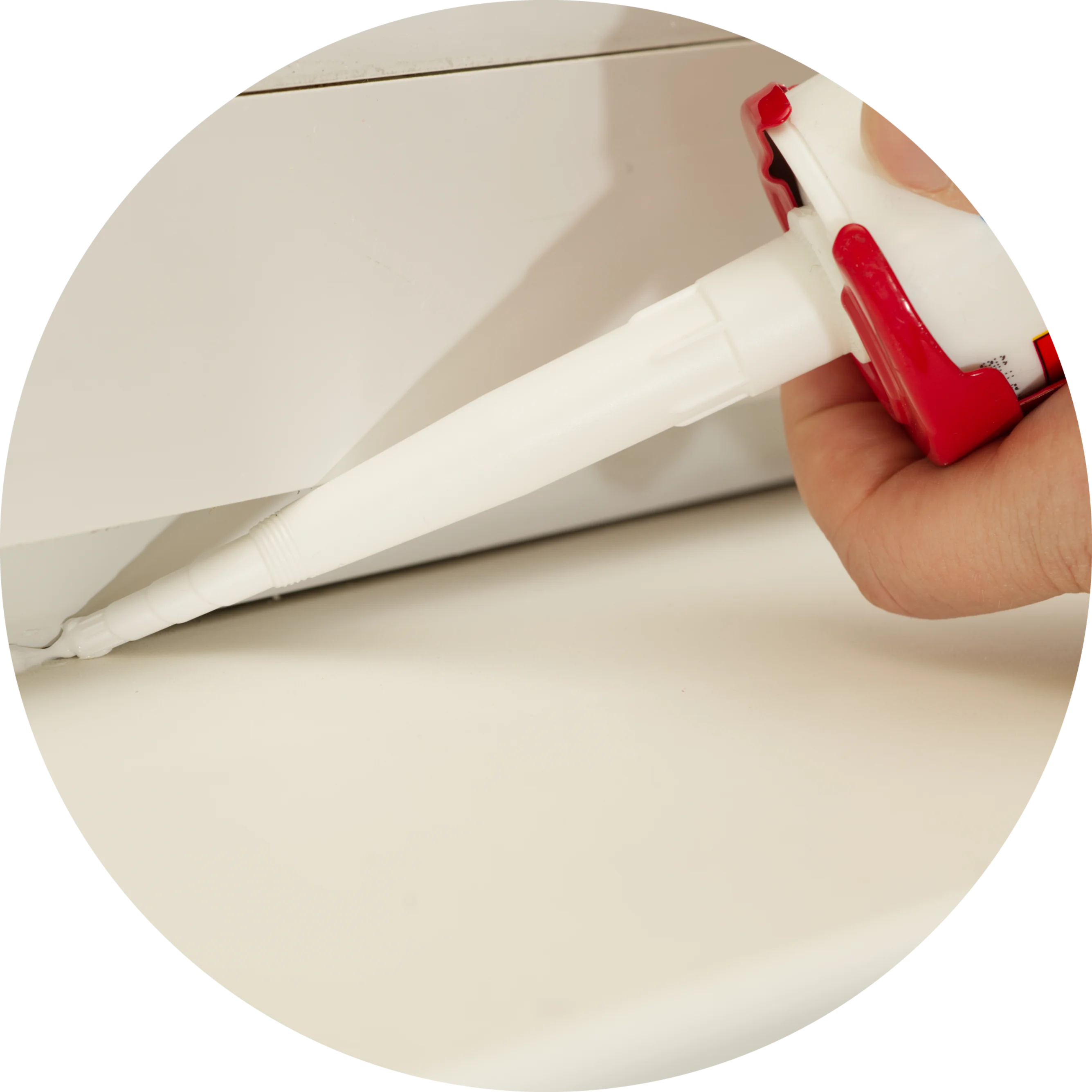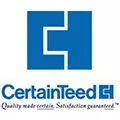On our blog, we’ve written about the R-value of insulation, which is essentially how effective an insulation material is. But did you know there is more than just R-value? Related terms are K-value, C-value and U-value.
We know, there are a lot of insulation terms that may be confusing, but insulation installation shouldn’t be a DIY project. Asking insulation professionals is always the best option, but it can help to know some basics before talking to the pros!
Insulation K-value, or K-factor, is used to rate the material’s ability to allow heat to pass through it, independent of its thickness. The lower the K-value, the better the insulator.
Insulation C-value, or C-factor, is used to rate thermal conductance; it’s the number of BTU (British thermal units) that pass through a square foot of material with a 1 degree temperature difference for a specified thickness. The lower the C-value, the more effective the insulation.
Insulation U-value is known as thermal transmittance, which refers to the heat transmission through an area of a material construction, induced by temperature differences between the adjacent environments. The lower the U-value, the better.
It can be tough to put insulation terms like these into layman’s terms, but what you basically need to know when it comes to insulation U-value, K-value and C-value is that:
- A lower U-value (which can kind of be thought of as temperature difference between adjacent areas) indicates more effective insulation.
- A lower C-value means the insulation performs better—and the same thing with a higher R-value.
- The lower the K-value, the greater the insulating value for a particular thickness and given set of conditions.
How Effective Is Insulation?
In addition to the U-value, K-value and C-value, the type of insulation can determine the effectiveness of insulation, depending on what your goals are. For example,
- Loose-fill cellulose and fiberglass insulation are the best at soundproofing.
- Spray foam insulation is very effective at reducing air infiltration.
- Radiant barrier helps your home stay cool in the summer, by reflecting heat from the sun and is especially cost-effective in warm climates (like here in California).
To learn more, contact the experts at Gold Star Insulation!


